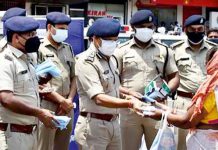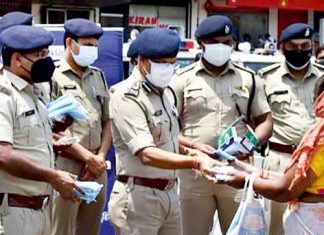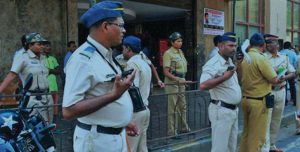 Soon, emergency services such as the police shall be available to people through not just phone calls, but also sms, e-mail, panic button on an app, instant messenger and Voice over Internet Protocol (VoIP) systems such as Skype. This will be done under the state’s Maharashtra Emergency Response System (MERS) project which will also integrate emergency helplines such as police (100), fire services (101) and ambulance (108) into a single emergency number (112).
Soon, emergency services such as the police shall be available to people through not just phone calls, but also sms, e-mail, panic button on an app, instant messenger and Voice over Internet Protocol (VoIP) systems such as Skype. This will be done under the state’s Maharashtra Emergency Response System (MERS) project which will also integrate emergency helplines such as police (100), fire services (101) and ambulance (108) into a single emergency number (112).
Project 911
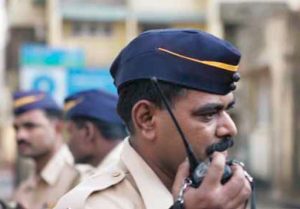 The project is modelled on the lines of the emergency number- 911 of the United States, and was recommended by the Telecom Regulatory Authority of India (TRAI) in April 2015.It is expected to be operational nine months after the bid is awarded. The two Primary Contact Centers would be located at Navi Mumbai and Nagpur. According to a senior official, private professionals will take calls at these two call centers and the district and city control rooms will continue to be manned by the police. Decentralized dispatch will be done through existing, but upgraded control rooms. The around Rs. 429 crore project would enable those in distress to contact emergency services through not just phone calls but also a mobile app, sms, email, VoIP and social media tools.
The project is modelled on the lines of the emergency number- 911 of the United States, and was recommended by the Telecom Regulatory Authority of India (TRAI) in April 2015.It is expected to be operational nine months after the bid is awarded. The two Primary Contact Centers would be located at Navi Mumbai and Nagpur. According to a senior official, private professionals will take calls at these two call centers and the district and city control rooms will continue to be manned by the police. Decentralized dispatch will be done through existing, but upgraded control rooms. The around Rs. 429 crore project would enable those in distress to contact emergency services through not just phone calls but also a mobile app, sms, email, VoIP and social media tools.
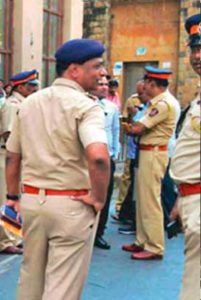 A secondary contact center at Nagpur will handle the remaining 30% of the calls, said Maharashtra police sources. Both the centers will be manned by a team comprising of 50 members. These primary contact centers will then dispatch the call district control rooms to act according to the emergency requirements. Each of these centers will be equipped to handle messages through emails, sms and even chat applications, according to sources.
A secondary contact center at Nagpur will handle the remaining 30% of the calls, said Maharashtra police sources. Both the centers will be manned by a team comprising of 50 members. These primary contact centers will then dispatch the call district control rooms to act according to the emergency requirements. Each of these centers will be equipped to handle messages through emails, sms and even chat applications, according to sources.
The emergency response system will assimilate calls from the 10 commissionerates and 35 districts police officers in the state to control rooms and appropriate action will be initiated based on the caller’s location. The system has been coined under Maharashtra Emergency Response System (MERS) ensuring that all calls land at primary contact centers in Navi Mumbai, which will handle about 70% of the total number of calls.
 The project will be completed in two phases. The first phase will see the integration of Thane, Navi Mumbai, Pune, Nagpur, Chandrapur, Bhandara, Gondia, Wardha, Amravati, Satara, Sangli, Solapur, Kolhapur, Sindhudurg, Ratnagiri and Raigad districts followed by state-wide implementation. Mumbai will be the last city to be integrated because it has a state-of-the-art control room set up at its commissionerate, according to police sources.
The project will be completed in two phases. The first phase will see the integration of Thane, Navi Mumbai, Pune, Nagpur, Chandrapur, Bhandara, Gondia, Wardha, Amravati, Satara, Sangli, Solapur, Kolhapur, Sindhudurg, Ratnagiri and Raigad districts followed by state-wide implementation. Mumbai will be the last city to be integrated because it has a state-of-the-art control room set up at its commissionerate, according to police sources.
“Contact centre call takers will be the first point of contact to receive calls, gather information and forward the captured details to the respective field locations or control rooms and dispatch units depending on the location of the caller. The people, who take the call will be multi-lingual to ensure none of the calls are abandoned,” said a senior police official.
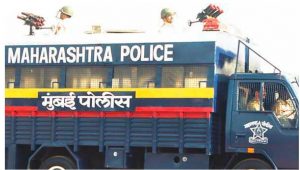 Dispatchers at the district control rooms will receive the information and relevant caller details, and they will locate the nearest emergency response vehicles, shortest route and nearest police station to the incident site and take further action in co-ordination with police emergency vehicles.
Dispatchers at the district control rooms will receive the information and relevant caller details, and they will locate the nearest emergency response vehicles, shortest route and nearest police station to the incident site and take further action in co-ordination with police emergency vehicles.
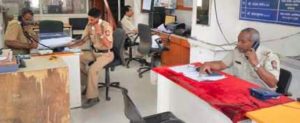 “We have placed a requirement of 3,000 emergency response vehicles to cover the entire state, and the first set of vehicles has arrived,” said a senior IPS officer. Each of the emergency response vehicles deployed on field will be equipped with mobile data terminals (MDTs), that will enable locating the caller’s location on GIS map and take further action.
“We have placed a requirement of 3,000 emergency response vehicles to cover the entire state, and the first set of vehicles has arrived,” said a senior IPS officer. Each of the emergency response vehicles deployed on field will be equipped with mobile data terminals (MDTs), that will enable locating the caller’s location on GIS map and take further action.
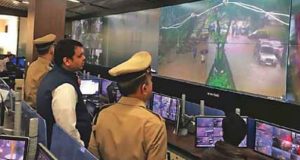 “The vehicles will be deployed at different parts of the state. The control room will locate the closest vehicle to the spot of complaint through GPS and then send help accordingly. It will also have MDTs that will enable sending live pictures of the spot to the control room,” said the officer.
“The vehicles will be deployed at different parts of the state. The control room will locate the closest vehicle to the spot of complaint through GPS and then send help accordingly. It will also have MDTs that will enable sending live pictures of the spot to the control room,” said the officer.
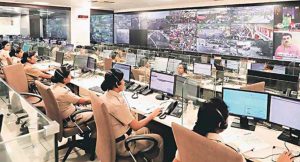 “Initially we are keeping it for all calls to police across Maharashtra, but we soon plan to have a common control room for police, fire and medical emergency,” said a senior officer from Maharashtra police.
“Initially we are keeping it for all calls to police across Maharashtra, but we soon plan to have a common control room for police, fire and medical emergency,” said a senior officer from Maharashtra police.
Strength of force in the state Maharashtra, which is the third largest state in India, has 10 commissionerates and 35 district police units.
Indian police service officers: 302
Superintendents of police: 282
Deputy superintendents of police: 523
Inspectors: 3,522
Assistant police inspectors: 3,123
Sub inspectors: 6,230
Policemen: 1,80,550
How the system will function
Primary Control Room
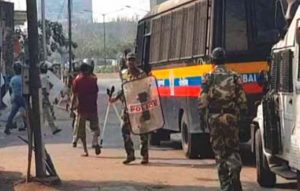 Calls will be received at the primary contact centre or police control room at Navi Mumbai, and the secondary contact center at Nagpur. The calls will then be dispatched accordingly, to district control rooms.
Calls will be received at the primary contact centre or police control room at Navi Mumbai, and the secondary contact center at Nagpur. The calls will then be dispatched accordingly, to district control rooms.
District controls rooms have been divided into four categories
Category A+: It will consist of 4 commissionerates and 15 police officers, who will handle calls during peak hours.
Category A: It will consist of 12 commissionerates, and eight police officers will handle calls during peak hours.
Category B: In 21 other districts, five police officers will handle calls during peak hours.
Category C: In the remaining 13 districts, three police officers will handle the calls.
District control rooms will inform the respective police stations or emergency response vehicles to act according to the situation.

